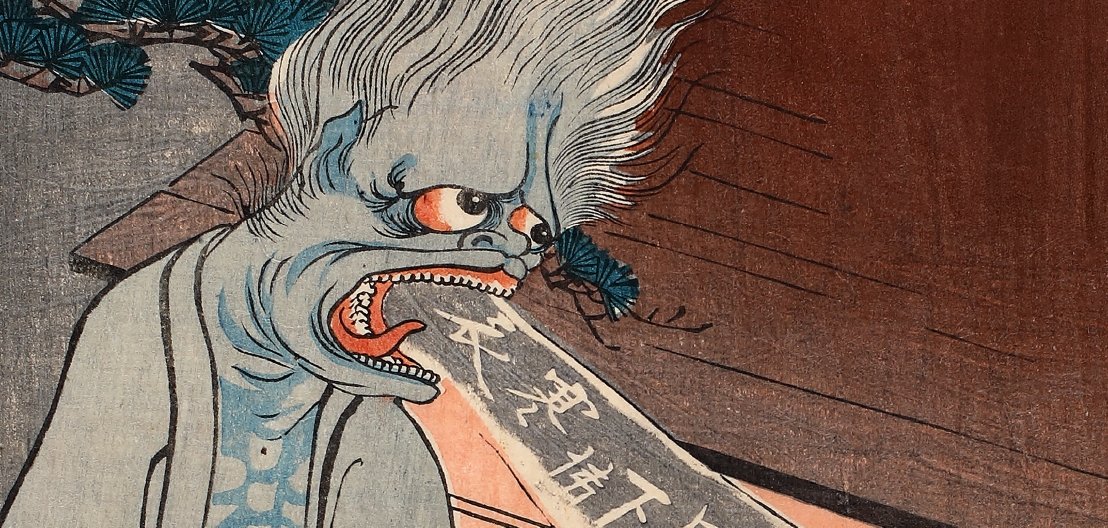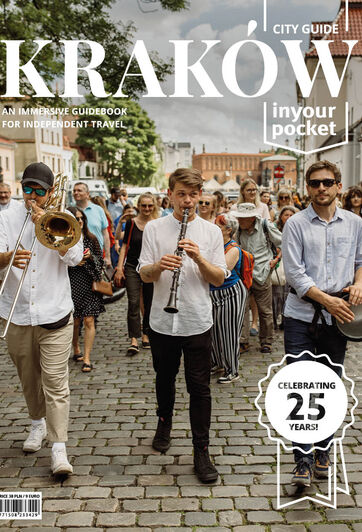
Poland, of course, also has its share of legends, demons and possessions, the Wawel Dragon and Pan Twardowski being prime examples of stories with a fantastic or supernatural element. Organised into four thematic spaces - In Japan, The World of Slavic Myths & Beliefs, In Dreams and Me? A Demon? - this exhibition takes a look at the transcultural similarities and differences between Polish and Japanese yōkai. On display will be over 70 Japanese woodcuts from the collection of Feliks Jasieński (many of them never exhibited before) and from the collection of the Manggha Museum (donated by Raymond Milewski), as well as foreign and Polish works from the 18th to the 21st century, made in various techniques – coloured woodcuts, oil paintings, pastels, collages, sculptures, spatial installations, graphics. The exhibit includes works by artists such as Witold Pruszkowski, Ferdynand Ruszczyc, Zofia Stryjeńska, Stanisław Wyspiański, Francisco Goya, Odilon Redon, Konstanty Laszczka and contemporary Polish artists: Natalia Buchta Stochel, Dorota Ćwieluch-Brincken, Krzysztof Gil, Marcin Janusz, Michał Kastore, Kamil Kuzka, Kaja Mucha, Kinga Nowak, Mikołaj Rejs, Witold Stelmachniewicz, Wojciech Ireneusz Sobczyk, Grzegorz Wnęk, Michał Zawada and Jakub Julian Ziółkowski. Many of these works were created especially for this exhibition.
The exhibition is accompanied by a publication edited by Anna Król, with essays by Paweł Dybała, Renata Iwicka, Łukasz Kozak, Anna Król, Światosław Lenartowicz, Maria Poprzęcka, Anna Zalewska.


